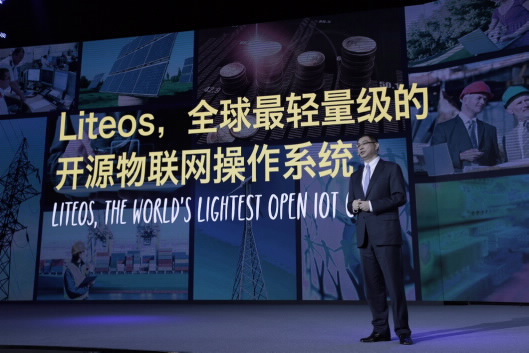Huawei has released a 10 kilobyte operating system for connected devices
Huawei introduced the operating system for the Internet of things. According to the company's forecast, in the next ten years there will be more than one hundred billion connected devices in the world, and Huawei plans to make the new operating system the heart of this infrastructure.

The company, instead of creating its own connected devices, will focus on tools and platforms that other manufacturers can use for new gadgets.
The president of Huawei's IoT direction noted that in the past three years, the company, in collaboration with global partners from the Internet of Things sphere, has developed a number of solutions already used in buildings, electricity meters, transport, factories, stores and street lighting. The company will then work on solutions based on the Agile Network architecture.
')
LiteOS is based on Linux and weighs about 10 kilobytes - less than a document in Word. A system with the simplest setup will automatically find and connect to the network. It is designed for "smart homes", wearable devices and vehicles . LiteOS will work with ARM Cortex-M, R, A and other architectures.

The company, instead of creating its own connected devices, will focus on tools and platforms that other manufacturers can use for new gadgets.
The president of Huawei's IoT direction noted that in the past three years, the company, in collaboration with global partners from the Internet of Things sphere, has developed a number of solutions already used in buildings, electricity meters, transport, factories, stores and street lighting. The company will then work on solutions based on the Agile Network architecture.
')
LiteOS is based on Linux and weighs about 10 kilobytes - less than a document in Word. A system with the simplest setup will automatically find and connect to the network. It is designed for "smart homes", wearable devices and vehicles . LiteOS will work with ARM Cortex-M, R, A and other architectures.
Source: https://habr.com/ru/post/367139/
All Articles